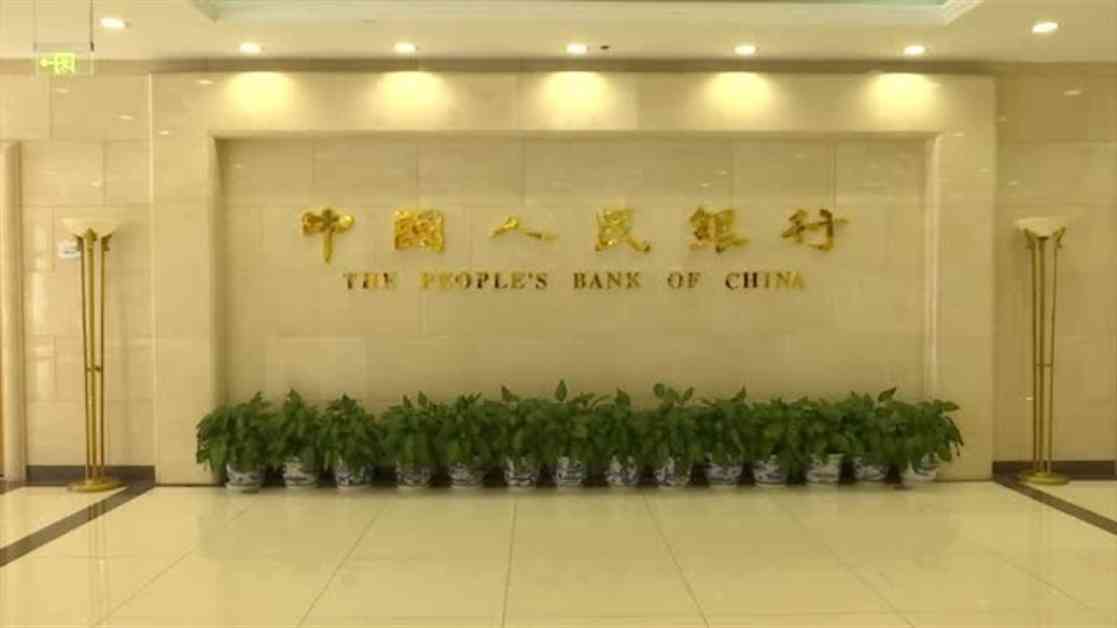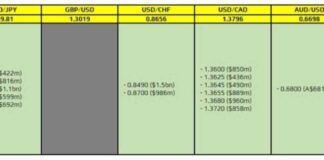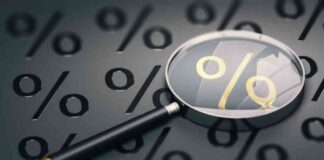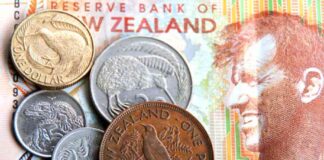China’s People’s Bank of China (PBOC) recently made a significant move by cutting the 14-day reverse repo rate to 1.85%. This decision came as the PBOC injected 74.5 billion yuan liquidity into the banking system through the 14-day reverse repo, marking a decrease from the previous rate of 1.95%. Additionally, the central bank injected 160.1 billion yuan liquidity via the 7-day reverse repo, keeping the rate unchanged at 1.7%.
Speculation had been brewing regarding a potential rate cut from the PBOC, especially in light of the country’s slowing economic growth and other concerning indicators. The recent rate cut by the Federal Open Market Committee (FOMC) in the United States provided Asian central banks, including the PBOC, with the opportunity to ease monetary policy without putting undue pressure on their currencies. Seizing this opportunity, the PBOC decided to lower the 14-day reverse repo rate.
The Significance of the Rate Cut
This move by the PBOC is significant as it demonstrates the central bank’s commitment to supporting the economy amid challenging conditions. By lowering the 14-day reverse repo rate, the PBOC aims to increase liquidity in the banking system, providing financial institutions with the necessary funds to meet their obligations and support lending activities. This injection of liquidity can help stimulate economic activity and encourage borrowing, which in turn can boost consumer spending and investment.
Moreover, the decision to cut the 14-day reverse repo rate signals the PBOC’s willingness to take proactive measures to address economic challenges. By adjusting monetary policy in response to changing economic conditions, the central bank aims to maintain stability and promote sustainable growth. This flexibility and responsiveness are crucial in navigating uncertain economic environments and ensuring the resilience of the financial system.
Implications for the Chinese Economy
The PBOC’s rate cut has important implications for the Chinese economy, particularly in terms of supporting growth and managing risks. By providing additional liquidity to the banking system, the central bank aims to ease financial conditions and promote lending, which can stimulate economic activity and support businesses and households. This can help offset the impact of external headwinds, such as global economic uncertainties and trade tensions.
Furthermore, the rate cut can have a positive impact on market sentiment and investor confidence, as it signals the central bank’s commitment to supporting the economy. This can help stabilize financial markets and prevent excessive volatility, which is crucial for maintaining stability and promoting long-term growth. Overall, the PBOC’s decision to lower the 14-day reverse repo rate reflects its proactive approach to managing economic challenges and supporting sustainable development.
Future Policy Outlook
Looking ahead, the PBOC’s rate cut raises questions about the central bank’s future policy direction and potential actions. As economic conditions continue to evolve, the PBOC may consider additional measures to support growth and mitigate risks. This could include further adjustments to interest rates, liquidity injections, or targeted policy interventions to address specific areas of concern.
Moreover, the PBOC’s decision to lower the 14-day reverse repo rate highlights the central bank’s commitment to maintaining accommodative monetary conditions and supporting the economy. This suggests that the PBOC remains vigilant and prepared to take further action if needed to ensure stability and promote growth. By staying attuned to economic developments and adjusting its policy stance accordingly, the PBOC aims to navigate challenges effectively and steer the economy towards a path of sustainable recovery.
In conclusion, the PBOC’s rate cut is a significant development that underscores the central bank’s commitment to supporting the economy and managing risks. By lowering the 14-day reverse repo rate and injecting liquidity into the banking system, the PBOC aims to stimulate economic activity, promote lending, and maintain stability. This decision reflects the central bank’s proactive approach to addressing economic challenges and signals its readiness to take further action as needed.

















